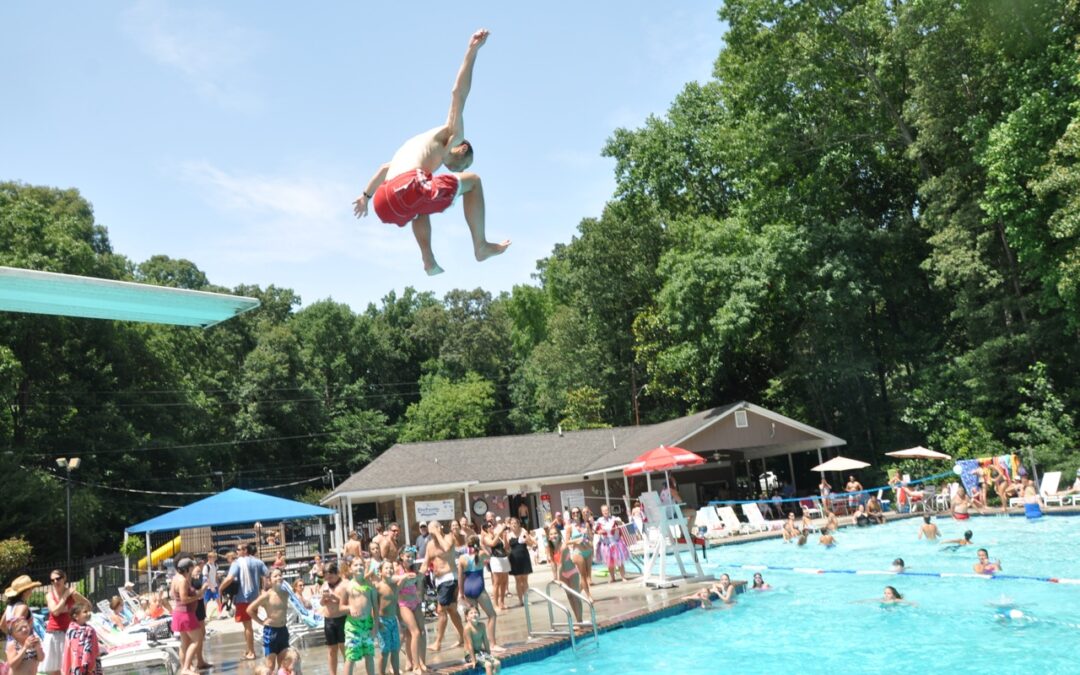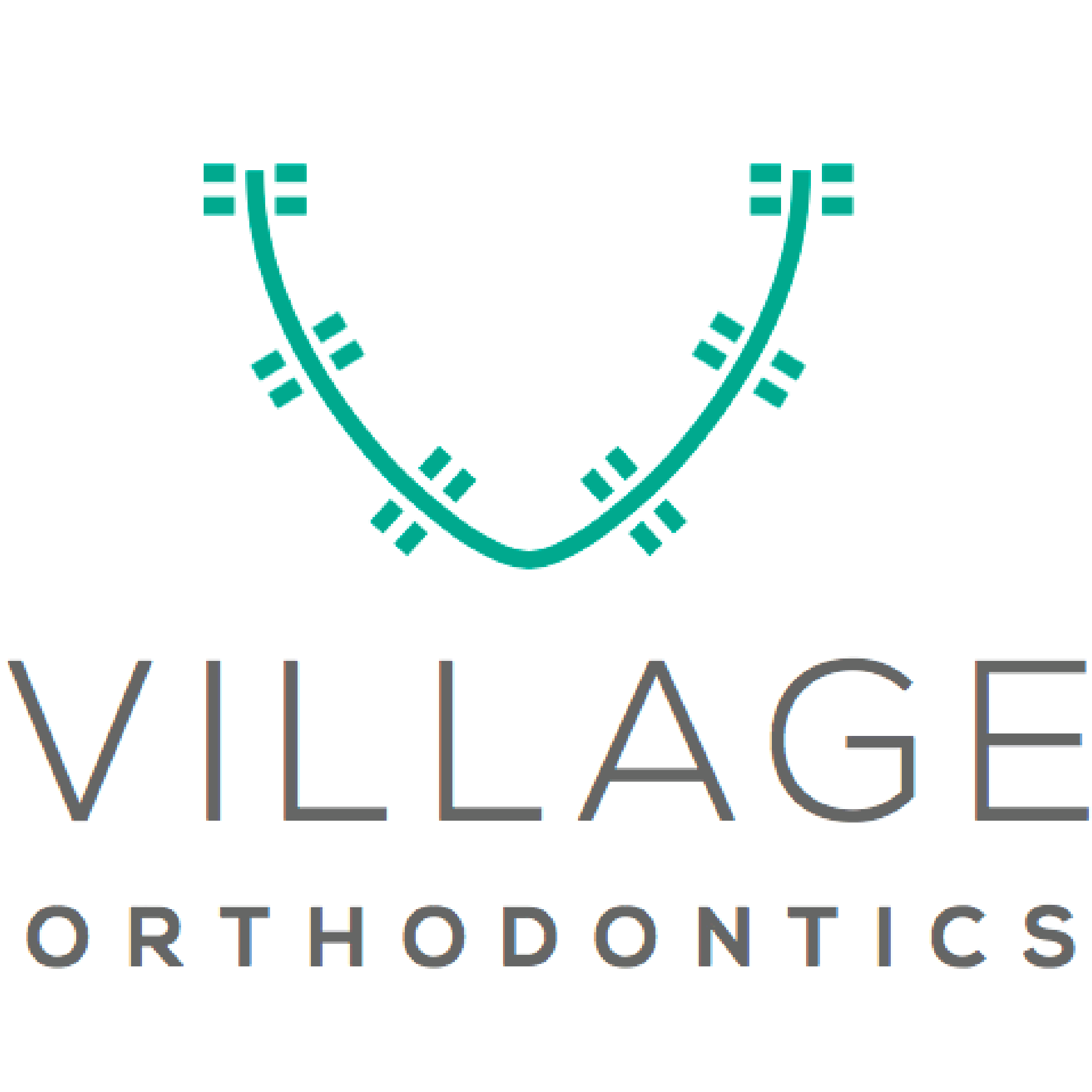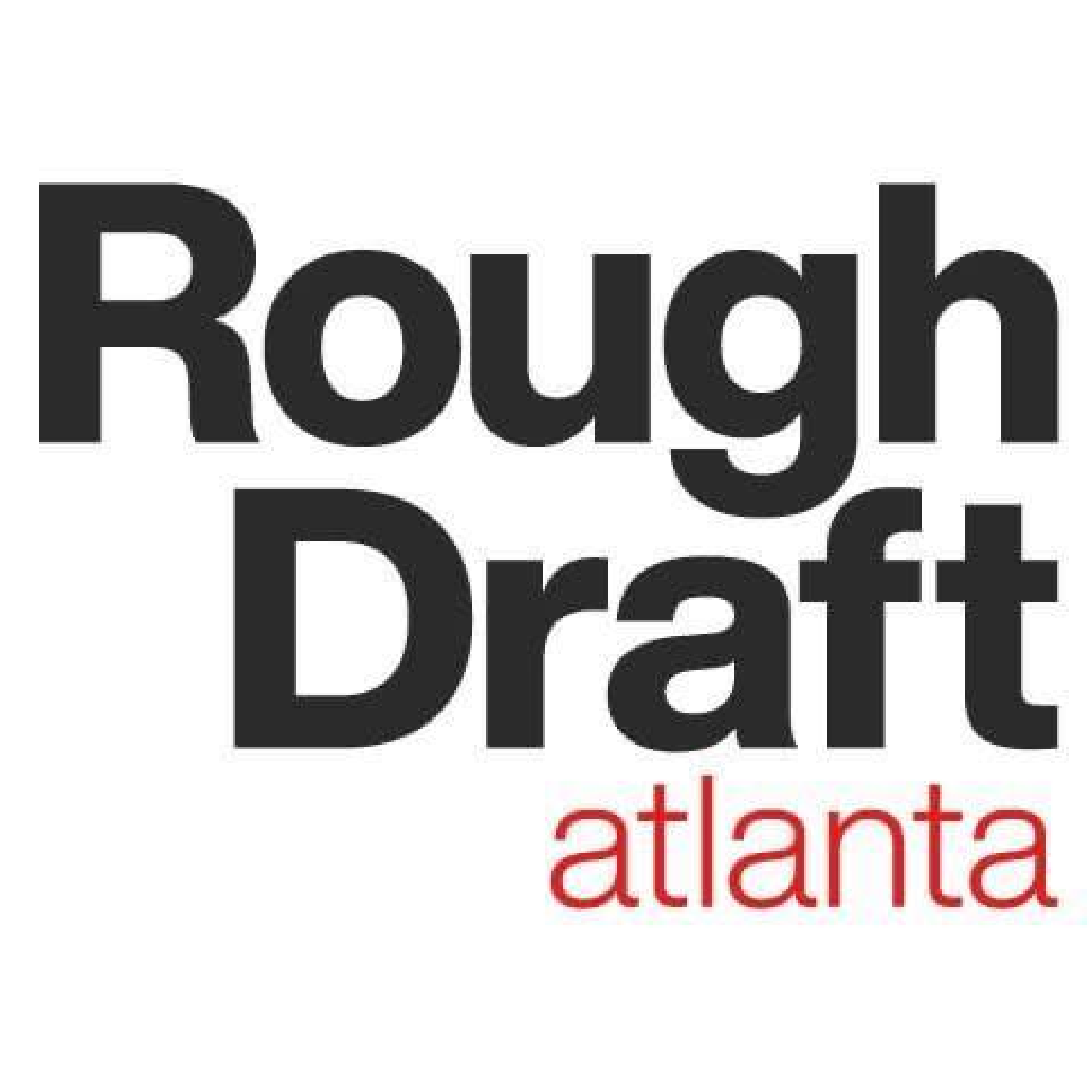Dunwoody North is more than just a residential area; it's a community steeped in rich history and brimming with a unique charm that captivates both residents and visitors alike. This neighborhood, nestled in the northern suburbs of Atlanta, offers an intriguing glimpse into the evolution of suburban living in Georgia. Understanding the historical context of Dunwoody North enhances our appreciation for its present and provides a foundation for its promising future.
Foundational Years
The story of Dunwoody North began in the early 1960s, a period marked by suburban expansion and residential development. The visionary behind this neighborhood was Tom Cousins, a real estate developer who saw the potential in what was then considered a “far out” area by most Atlanta residents. The initial phase of development commenced in 1963, with the first homes emerging on North Peachtree, East Kings Point Circle, Kingsfield Court, Brookhurst, Huntington Circle, and Vintage Lane.
These early settlers, driven by ambition and a pioneering spirit, laid the groundwork for what would become one of Dunwoody's most desirable neighborhoods. Their efforts transformed the area from vast, undeveloped land into a thriving suburban community, complete with meticulously designed homes and lush, tree-lined streets.
Community Infrastructure and Expansion
Central to the growth of Dunwoody North was the establishment of the Dunwoody North Driving Club, a swim and tennis association that quickly became the social epicenter of the neighborhood. The club's original members were instrumental in its creation, often putting their homes up as collateral and investing significant personal labor to build the facilities. This collective effort not only provided residents with exceptional recreational amenities but also fostered a strong sense of community.
The development of essential amenities further spurred the neighborhood's growth. Schools such as Peachtree High School, which was completed in 1969, played a crucial role in attracting families to the area. The diligent work of neighborhood parents, who conducted surveys to demonstrate the need for the school, ensured that educational facilities kept pace with the growing population. Other infrastructure developments, including the extension of local roads and the establishment of shopping centers, made Dunwoody North an increasingly attractive place to live.
Cultural and Social Dynamics
Dunwoody North has always been a community that values its cultural and social fabric. Local traditions, such as neighborhood gatherings and festivals, have become integral to the community's identity. These events not only celebrate the area's heritage but also strengthen the bonds among residents, creating a vibrant and cohesive neighborhood.
The impact of local institutions, particularly schools, has been profound. Chesnut Elementary's transition to a charter school, driven by active parent involvement, exemplifies the community's commitment to educational excellence. Such initiatives have fostered a collaborative environment where residents actively contribute to the betterment of their community.
Modern Developments and Current Trends
In recent years, Dunwoody North has continued to evolve, embracing modern developments while preserving its historical charm. Recent infrastructure upgrades, including the renovation of the Dunwoody North Driving Club, have ensured that residents enjoy state-of-the-art amenities. The club now boasts resurfaced pools, renovated pool houses, and updated tennis courts, attracting a new generation of members.
The real estate market in Dunwoody North remains robust, with property values steadily increasing. The neighborhood's strategic location, offering easy access to transportation, shopping, and dining, continues to attract homebuyers. This growth reflects the sustained desirability of Dunwoody North as a residential enclave.
Landmarks and Attractions
Dunwoody North is home to several notable landmarks and attractions that contribute to its charm. The neighborhood's parks provide residents with serene green spaces for relaxation and recreation. Historical sites, such as the original homes built in the 1960s, serve as reminders of the community's rich heritage.
Local businesses, ranging from quaint boutiques to popular dining spots, add to the neighborhood's vibrant atmosphere. These establishments not only cater to residents' needs but also contribute to the local economy, fostering a sense of community support and entrepreneurship.
The history of Dunwoody North is a narrative of vision, growth, and community. From its origins as a pioneering suburban development to its current status as a thriving residential area, Dunwoody North exemplifies the best of suburban living. The neighborhood's rich history and continued evolution make it a unique and desirable place to call home. As Dunwoody North looks to the future, it remains committed to preserving its heritage while embracing modernity, ensuring that it remains a cherished community for generations to come.








